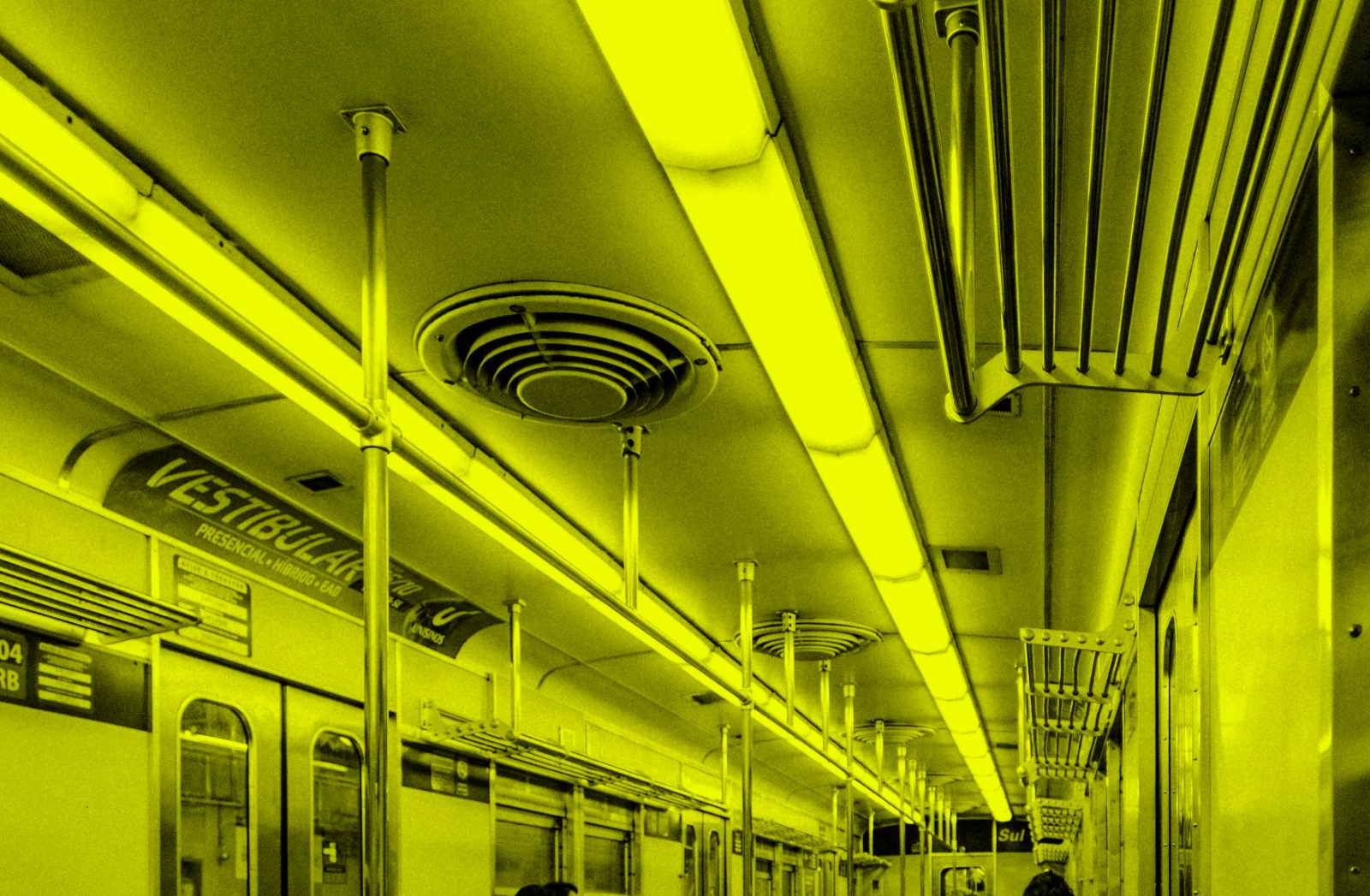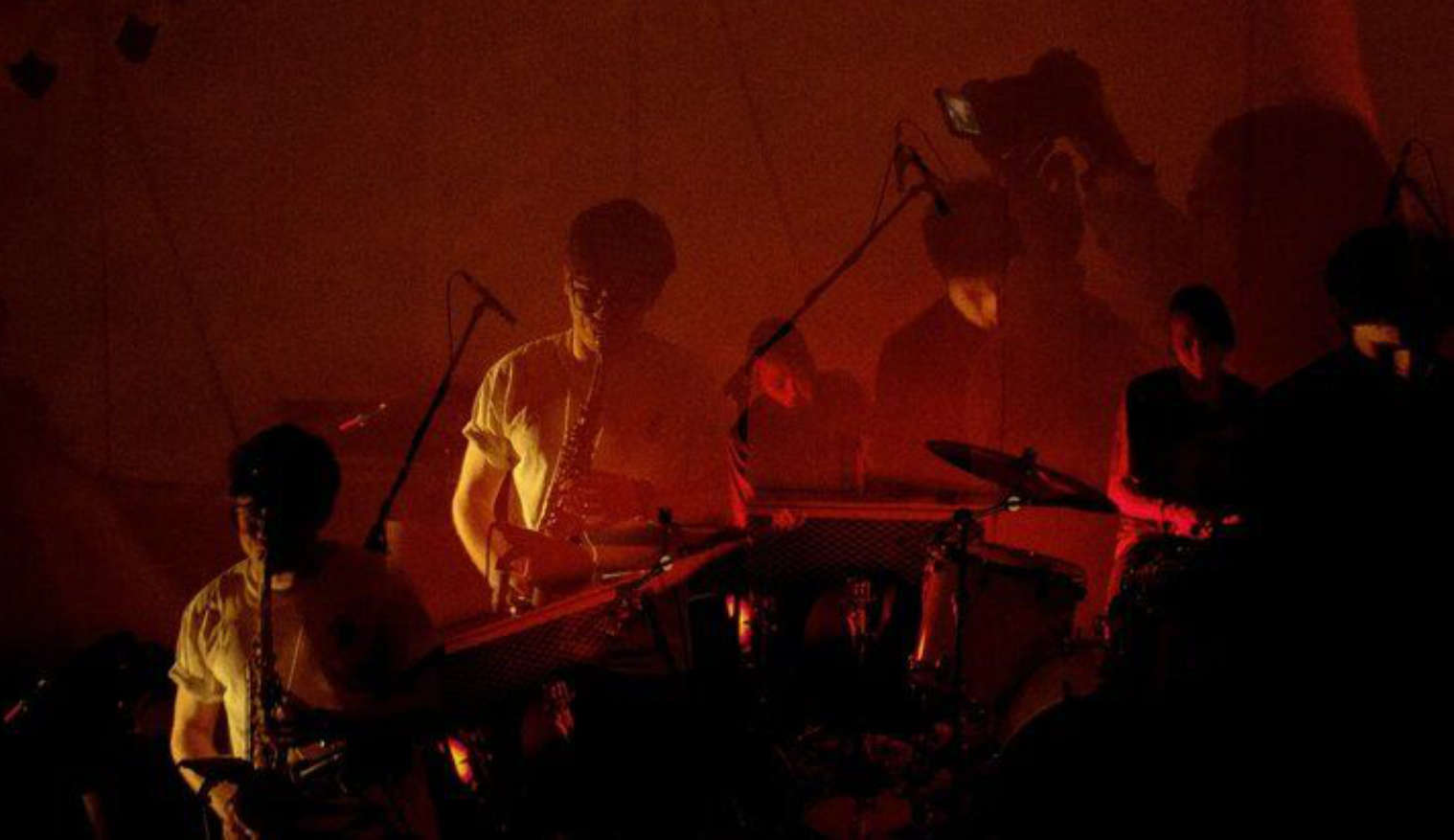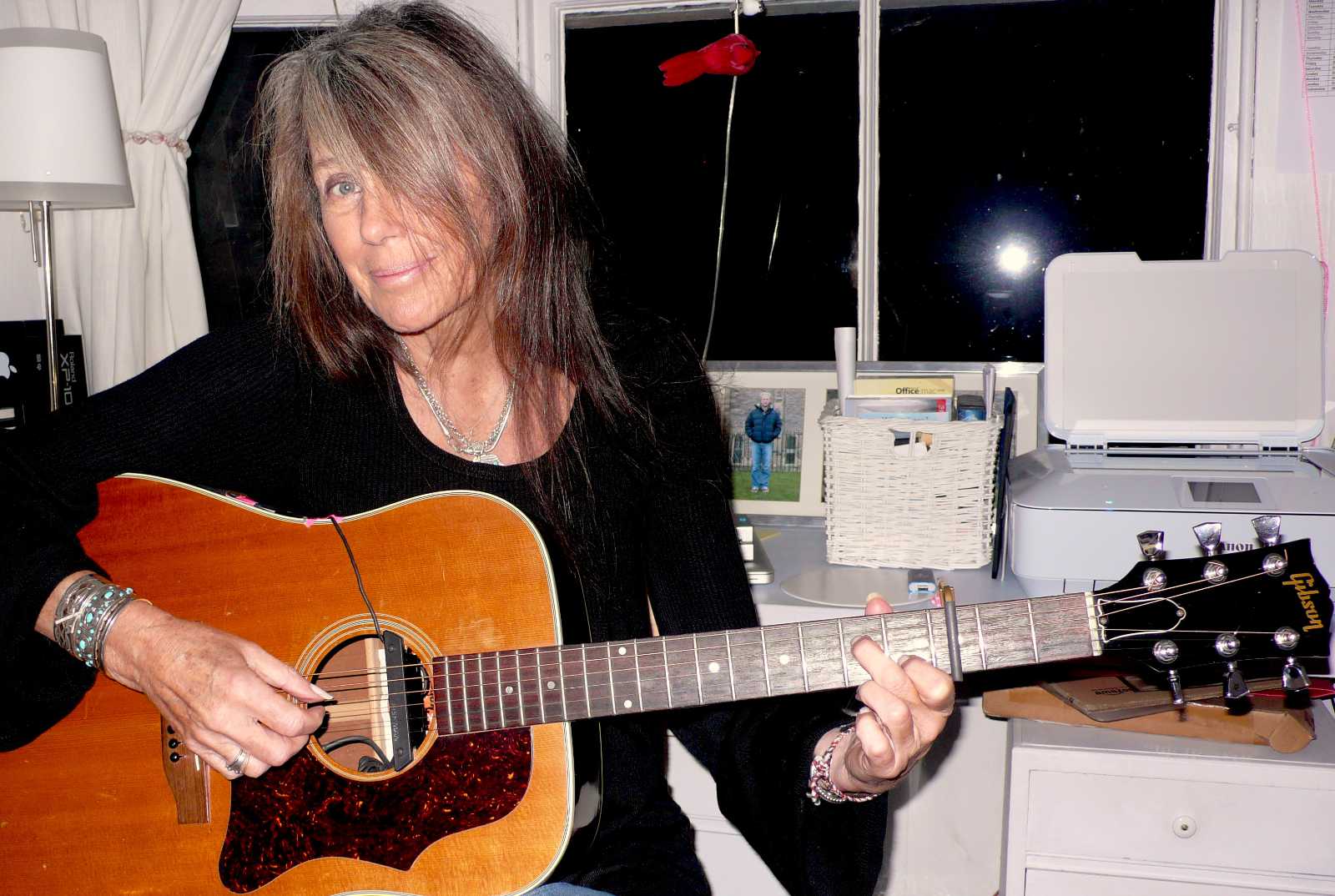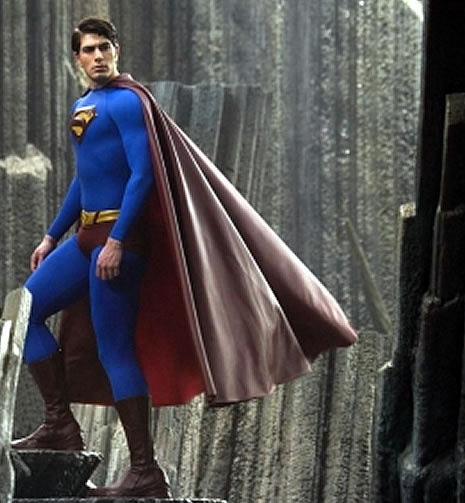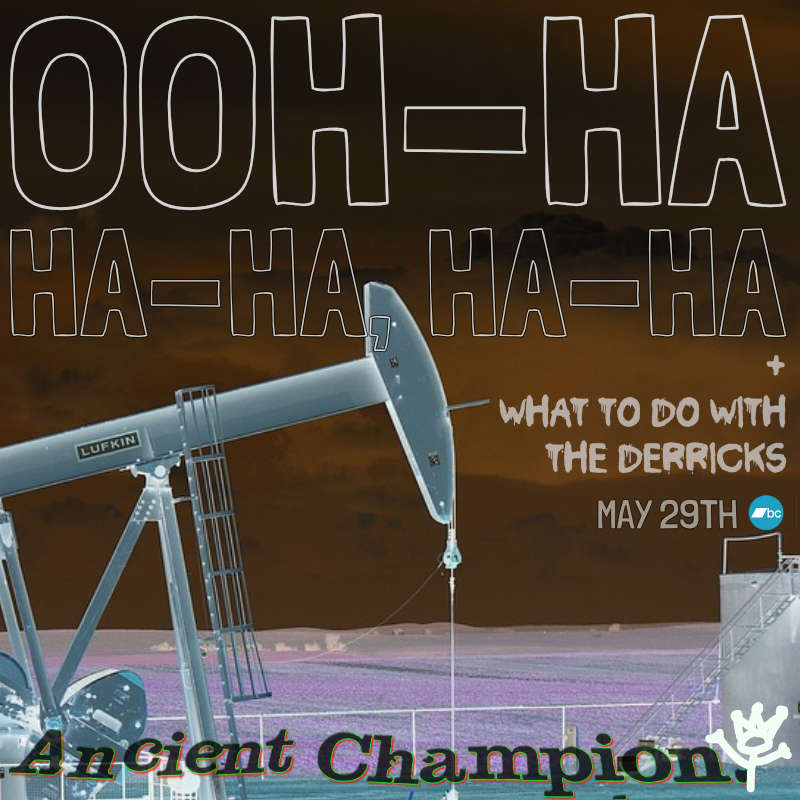Sometimes the synchronicities just cluster together. The same morning that I read Lamont's Outside Left interview with the first ladies of Long Beach in which Cara and Jennifer name the buildings they would like to bulldoze I also heard about a new reality TV show called 'Demolition' programmed for the summer schedule in the UK. Viewers will be asked to nominate their most hated building with the idea that the 'winner' will get knocked down.
I know that 'Demolition' exemplifies what those guys in Washington and Westminster mean by a participatory democracy but it worries me that one of the show's main judges is George Ferguson, outgoing president of the Royal Institute of British Architects. Ferguson is best known in the architectural press for his trademark red trousers and I can't help feeling that this is a prophetic indication of the level of debate that the programme is likely to provoke.
The architect who could have supplied us with the most acute observations on 'Demolition' was Cedric Price, who died a couple of years ago. However, an email arrived this week announcing that a touring exhibition of his work entitled 'Doubt, Delight + Change' will be arriving at London's Design Museum this summer. Another kind of synchronicity.
Despite completing relatively few buildings Price has had a profound influence on the architecture of the last forty years. His Fun Palace project was a clear inspiration for the groundbreaking Centre Pompidou in Paris. His philosophical variations on the themes of flexibility and impermanence have permeated into the work of successive generations of architects, artists and designers.
Many of Price's projects factored in the possibility of their own destruction. In 1971 he built the Inter-Action Centre in North London. It was a framework of steel columns and trusses capable of supporting a mutating array of modular Portakabins. Part of the design included a manual with detailed dismantling instructions. Price intended the structure to have a lifespan of just twenty years. Ironically, English Heritage and the Twentieth Century Society prolonged the Inter-Action Centre's existence while they fought and lost a legal battle to get a preservation order. It was demolished in 1999.
The Inter-Action Centre was a scaled-down version of the Fun Palace which Price developed with the innovative theatre designer Joan Littlewood in the early 1960s. Although never built it was intended to resemble a vast shipyard with travelling cranes that could assemble, rearrange, and disassemble a multitude of pre-fabricated platforms, walls, floors, ceilings, and stairs. He described it as 'a people's workshop or university of the streets' in which the architect consciously surrendered a degree of control over the environment to the users.
Whether negatively or positively interpreted as a kind of anti-architecture for an anti-institution it was a radical departure for a profession usually characterized by its pretentiousness, self-importance, and, er, desire for lasting erections. But Price always insisted on questioning why architects were so convinced that they mattered when experience often proved otherwise. And if this really was anti-architecture it was because architecture had grown too slow to perform the tasks and solve the problems necessitated by the accelerated conditions of modern life.
Price was a problem-solver par excellence, believing that the design answer should appear to be inevitable. The answers that he arrived at were often disarmingly effortless. This is implied in Rem Koolhaas's recent comments that nobody ever 'changed architecture more with fewer means than Cedric Price. With lapidary epigrams, skeletal drawings and a polemical genius for mobilizing the real against the pretensions of a still surprisingly megalomaniac profession, he changed the terrain of architecture'. Koolhaas included this as part of the introduction for a book by and about Price. Prior to publication Price included a Best Before Date on the book's cover.
He never tired of explaining that time was the fourth dimension of architecture and that inbuilt flexibility 'or planned obsolescence, can be achieved only if the time factor is included as an absolute design factor in the total design process'. He practiced an 'Anticipatory Architecture' that nobly attempted to comprehend rather than ignore the complex unpredictability of each possible tomorrow.
The Australian journal Pataphysics once sent a questionnaire asking 'Does your work have a moral significance' to such counter-culture luminaries as Ginsberg, Leary and John Cage. Price was sent one too. He answered:
I make a moral judgement in the work I undertake. This is based on an invariably faulty personal assessment of its future social benefit. This includes the benefit accruing from my inactivity.
In order to grasp the paradox of this productive 'inactivity' it needs to be understood that rather than building for the sake of his own reputation Price was always committed to maximizing architecture's life-enhancing capacities while minimizing its alienating impact.
Price remained a contradictory figure. Despite an eagerness to utilize new techniques and the latest technologies he resisted updating his own office infrastructure. Famed for his legendary brainstorming champagne breakfasts and admired for his sharp wit he was sometimes dismissed by others in the architectural community as lacking professional seriousness. During his lifetime he was sometimes compared to Buckminster Fuller. But a more interesting comparison could be made with another respondent to the Pataphysics questionnaire, J G Ballard. Both tend to attract the label 'visionary' whenever their work is raised for discussion. Both have proved prescient commentators on the catastrophes awaiting a culture that neglects its own humanity (for Ballard's angle on reality TV may I direct the dedicated reader who has travelled with me this far to Ballard's 1976 short story 'The Greatest Television Show on Earth').
Price was once memorably introduced at an Architectural Association lecture as the only chartered architect in Britain who is also a fully paid-up member of the National Union of Demolition Workers. By posing a series of challenging questions whose answers demolished entrenched beliefs and soft thinking Price enabled the construction of a liberating architecture that has still to be fully explored. I wish he was here for the screening of 'Demolition'.
It's okay to buy Re: CP by Cedric Price from Amazon.com









